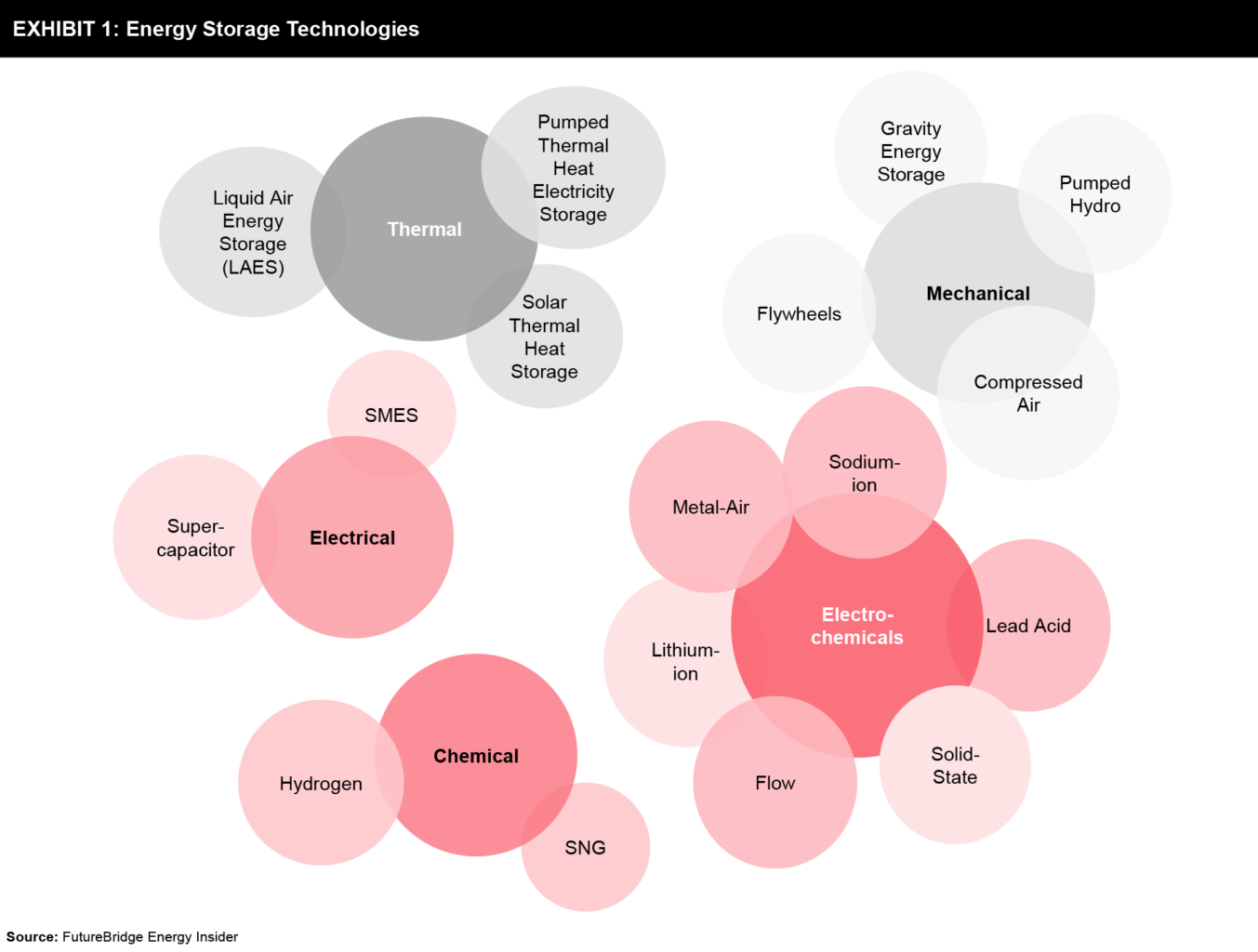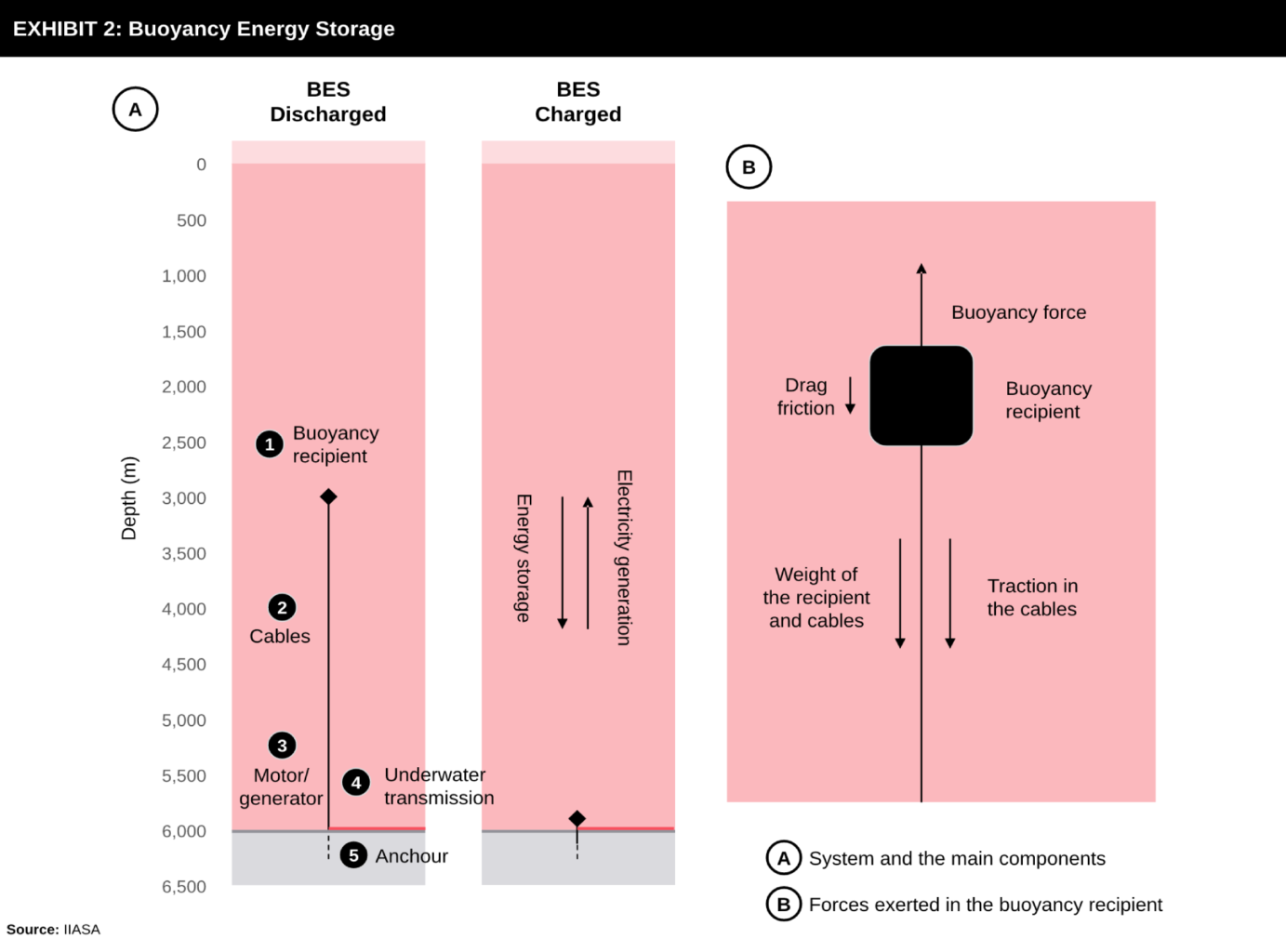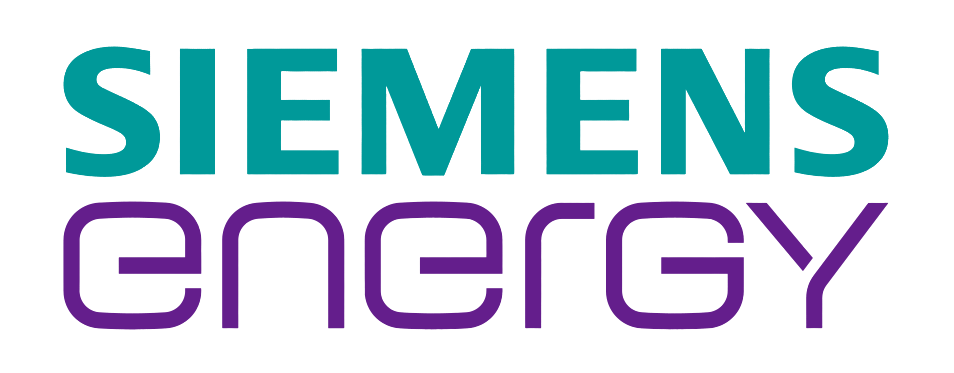The world is currently undergoing a comprehensive energy shift with an increasing proportion of intermittent energy sources on the grid, such as wind and solar. These variable renewable energy sources require energy storage solutions to enable the smooth integration of these energy sources. Batteries can provide a short-term storage solution. However, there remains a need for technologies that can provide weekly energy storage at the site without the potential of pumped storage power plants.
Various energy storage technologies have been tested to resolve the problem of intermittent power generation from renewables and the need for longer storage periods. This gap could be filled by the developing Buoyancy Energy Storage Technology (BEST) operating in the deep sea.
Energy Storage Technologies
Since renewable energy is often a distributed energy resource, its geographic diversity and intermittency make it necessary to use a utility-scale energy storage system to accommodate it with the grid. The energy storage system can help mitigate these issues and generate synergistic benefits. These include improvements in reliability, security, economics, efficiency, and environmental impacts.


In Energy Storage Technologies, the pumped-hydro energy storage (PHES) system is dominant, followed by the progressing battery energy storage systems (BESS) in terms of major market scale.
Buoyancy Energy Storage Technology (BEST)
Although the incumbent technologies such as PHES and CAES already meet the cost goal, both are limited to suitable geographies and geologies (mountainous regions for high head). The battery storage technology has a fast response time; however, it has a low capacity (in hours). Therefore, there are many research activities taking place to bridge this gap. One solution is the development of buoyant energy storage technology (BEST). BEST has fast response times, a competitive round trip efficiency, and the ability to scale to capacities greater than existing battery storage systems.
BEST system could be a feasible option to complement the battery storage system, as it provides weekly storage. BEST is a developing technology generally used in small islands, coastal regions, or finds application within offshore wind power systems. While it can be used for energy storage effectively, the system can also be used to compress hydrogen efficiently.
BEST’s working principle is simple. Intermittent electricity powers a motor connected to a cable that pulls a large pressure buoy to depth. During descent, kinetic energy is converted to potential energy due to buoyancy force. When demand warrants, the buoy is allowed to ascend, driving the motor, which puts firm and predictable electricity back into the grid. Exhibit 2(a) shows the main components of the systems, and Exhibit 2(b) shows the forces exerted on the buoy.


The rising and lowering speed must be low because of losses due to drag forces. The system can increase or decrease the rising and lowering velocity of the buoyancy recipient depending on the power requirements for the system. Due to the high energy costs of the system, the system should operate near to maximum capacity. The system operation’s benefits include storing energy in weekly cycles in sync with the battery system, which stores energy in daily cycles, and its ability to compress hydrogen efficiently.
Benefits of BEST
- BEST considers new locations for energy storage, thus enabling lakes and oceans as a medium to store energy, minimizing the use of land.
- Provides competitive efficiency of BEST based on highly efficient motors, slow speeds, and low friction losses
- BEST is easily scalable to specific applications ranging from kilowatts to megawatts, hence finding applications in multiple ancillary services from frequency regulation to spinning reserves and load shifting.
- There is no loss of energy over time, giving BEST the ability to store energy for virtually unlimited durations.
- Initial projections estimate the lifespan of BEST to be nearly 40 years, making it comparable with PHES and battery systems.
BEST – Applications
BEST is located far from conventional electricity demands, so the solution is limited to some locations and applications. These can be the following:
- Coastal areas: Coastal areas without mountains suitable for pumped hydro storage could be a possible alternative for BEST systems. However, some coastal areas have a long continental plate, which will increase the project’s cost by increasing the underwater transmission costs.
- Islands: Islands often have short continental plates, allowing the BEST system to be installed within a few kilometers from the island coast.
- Offshore wind power close to the coast: BEST can be used for wind energy storage, especially since it can operate in weekly storage cycles, which is convenient to minimize the intermittency of wind power plants
- Floating offshore wind power: The potential of BEST is vast for floating offshore wind power due to the great depths available far from the oceans coastline
- Hydrogen compression: Current technology for compressing hydrogen to 600 bars usually has an efficiency of about 40 to 50%. BEST systems can compress hydrogen with efficiencies of around 90%
- Deep-sea mining: Deep-sea mining will demand much electricity in the future, which can be met with offshore wind power and fuels, such as hydrogen. BEST can support offshore wind power plants to ensure power supply for weeks with low wind power generation.
BEST – Global Potential
An important step in the BEST system is the selection of the compression gas. The compression gas used is either air or hydrogen. Air density increases substantially with depth, while there is no drastic change in the density of hydrogen with the increase in depth. High density is not ideal for these systems because the density of gas becoming similar to the density of seawater reduces the buoyancy potential.
The next main challenge to implementing this system is the cost of the components, mainly the cables and the anchor, to support the buoyancy recipient. However, these costs can be significantly reduced with substantial investments made in the technology.
The construction of a floating offshore wind power project with 10 GW of installed capacity was proposed near Tokyo, Japan, to produce an operational scenario of a BEST plant. A BEST was used with battery systems with an installed capacity of 7 GW and a storage capacity of 300 GWh to reduce the wind generation fluctuations. Furthermore, it could be seen that the BEST plant operation focused on storing energy, primarily in weekly cycles and occasionally in hourly and daily cycles, as it is designed to operate. This was convenient because of the high installation capacity of BEST and low energy storage costs.
BEST plants would be designed to store or generate a constant amount of energy in weekly cycles, mainly to store wind power generation, due to their high power and low energy storage costs. Additionally, it can be combined with other storage technologies like batteries to balance hourly and daily energy storage cycles. Exhibit 3 compares BEST’s main characteristics to other mechanical and electrochemical energy storage systems. The BEST system’s lifetime is assumed to be 40 years; some equipment, such as the cable system, has to be replaced before the end of the lifetime due to corrosion in the marine environment.


BEST systems have a significantly lower environmental footprint than pumped storage and batteries. It does not require flooding an area to create a reservoir, nor requires a large volume of mined resources. The environmental impact of BEST systems is limited to the anchor platform on the ocean floor, the cables, and the buoyancy recipient’s rise and fall.
Conclusion
The challenge of utility-scale energy intermittency can be seen in the coastal regions and islands, where conventional energy sources are located far from these regions. Energy storage technologies such as pumped-hydro and battery storage systems could be an option to overcome this issue. However, a few specific limitations like suitable geographies and geologies for PHES and the low capacity of batteries provides a gap that the buoyancy energy storage system could fill.
BEST could be viable in coastal areas and islands, for floating offshore wind power and offshore wind power close to the coast and deep-sea mining. They can also be used for hydrogen compression, increasing the efficiency by up to 90%.
BEST is a developing technology with faster response times, a competitive round trip efficiency, and the ability to scale to capacities greater than existing battery storage systems.
BEST has many advantages: minimal land usage, competitive efficiency, modular and scalable design, minimal loss of energy when not in use, known state of charge, minimal degradation losses, long lifespan, and low environmental impact.
BEST provides weekly energy storage with low costs (50 to 100 USD/MWh), which is particularly interesting for storing offshore wind energy. Secondly, BEST systems can offer spinning reserve services for power balancing and frequency control with a millisecond response time.
Given the recent increase in battery capital costs, the BEST system is designed to potentially be paired with batteries to complement batteries as a low-cost electricity storage option (USD/MW). Thus, the combination of both systems provides an energy storage solution with a low cost of stored energy (USD/MWh) and a low cost of power capacity (USD/MW).
The cost of BEST varies between 4 and 8 million USD/MW of installed capacity and 50–100 USD /MWh of energy storage cost, with projects varying in sizes from 10 to 100 MW. The greater the ocean’s depth, the lower the project’s cost. Additionally, hydrogen has proven to be a better storage medium than air as a compressed gas.
Most areas of depth suitable to low-cost BEST are not well suited for offshore wind, as the costs to anchor offshore wind turbines with depths above 1000 m are still prohibitive. The locations with the highest potential for BEST systems are oceanic islands and the coasts of Japan, Philippines, Indonesia, Australia, USA, Mexico, Chile, Peru, Ecuador, Colombia, Cuba, Jamaica, Guatemala, Honduras, Brazil, Portugal, Oman, South Africa, Madagascar and Somalia, Ivory Coast and Ghana.
BEST is a competitive energy storage alternative that has received less attention. With the growing interest in weekly energy storage and the need for efficient solutions for compressing hydrogen, it has the potential to become an essential technology for the future energy storage market.
References
- Zakeri, S. Syri, Electrical energy storage systems: a comparative life cycle cost analysis, Renew. Sustain. Energy Rev. 42 (2015) 569–596
- Schmidt, S. Melchior, A. Hawkes, I. Staffell, Projecting the future levelized cost of electricity storage technologies, Joule 3 (2019) 81–100.
- Julian D Hunt, Behnam Zakeri, Buoyancy Energy Storage Technology, The Journal of Energy Storage, June 2021
- Energy Trend Weekly Update – Energy Storage System that can be paired with offshore wind power
- Neves, C. Silva, S. Connors, Design and implementation of hybrid renewable energy systems on micro-communities: a review on case studies
- Klar, B. Steidl, T. Sant, M. Aufleger, R.N. Farrugia, Buoyant energy—balancing wind power and other renewables in Europe’s oceans
- Hai Alami, Analytical and experimental evaluation of energy storage using work of buoyancy force
Need a thought partner?
Share your focus area or question to engage with our Analysts through the Business Objectives service.
Submit My Business ObjectiveOur Clients
Our long-standing clients include some of the worlds leading brands and forward-thinking corporations.
- © 2021 Cheers Interactive (India) Private Limited. All rights reserved. FutureBridge ® is a registered trademark of Cheers Interactive (India) Private Limited.




































